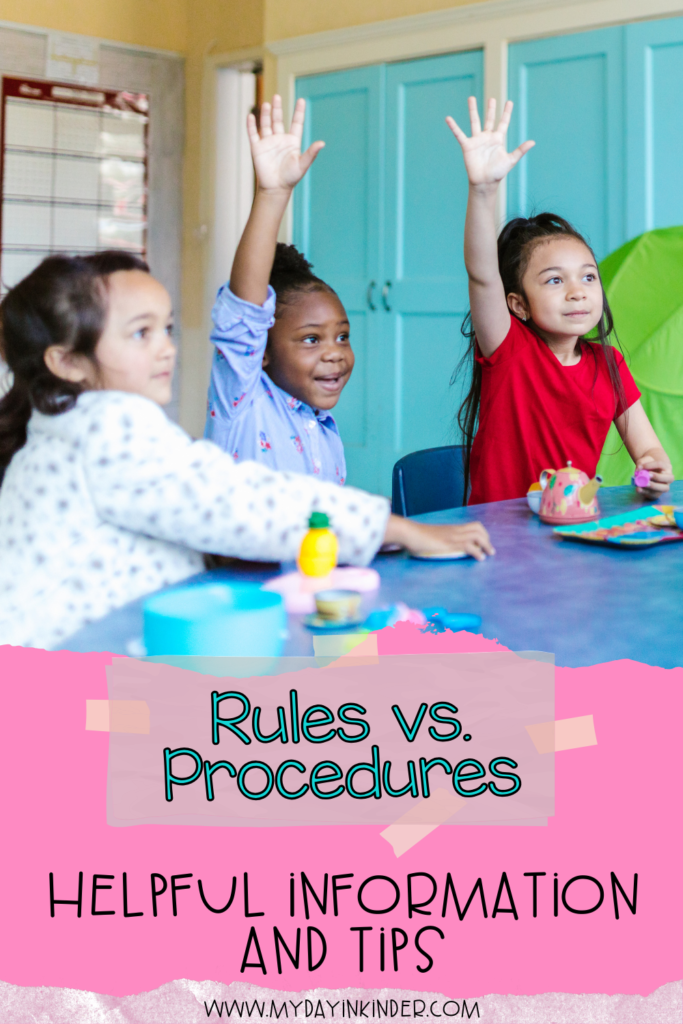Rules vs. Procedures Classroom Management Information and Helpful Resources
Classroom management is a topic that teachers never stop discussing, no matter the school year’s time. Initially, you must establish your ground rules, expectations, and routines. In the middle of the year, you revisit procedures and rules after a longer holiday break. Finally, during those last months, you remind students of your expectations and routines to make it through the year. So, let’s look closer at classroom management, where the dance between rules and procedures sets the rhythm for effective teaching and learning. When it comes to rules vs procedures classroom management, we understand that clarity and consistency in these areas can make all the difference in steering our students toward success.
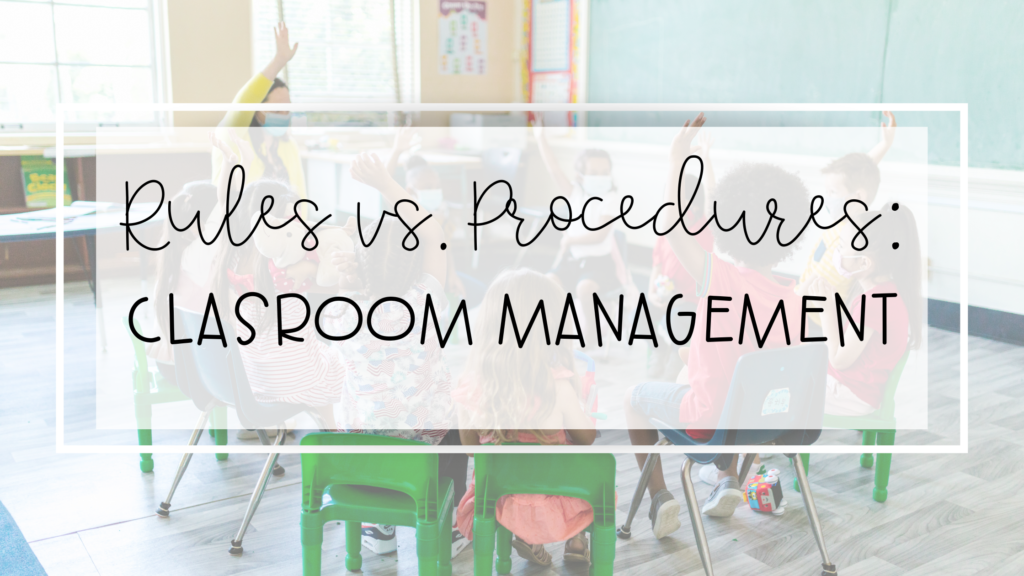
What is the Difference Between Classroom Rules and Classroom Procedures?
In our classrooms, rules vs procedures classroom management play distinct yet interconnected roles. Rules are there to help guide behavior and foster respect, responsibility, etc., in the classroom. Procedures help ensure our classroom runs smoothly when it comes to our daily routines in the classroom.
Classroom Rules
Think of rules as essential guidelines that help maintain order and foster a positive learning environment within our classroom community. Introduce them early, not as strict mandates, but as agreements we all agree to follow to ensure mutual respect and cooperation. Examples of such rules could be:
- Respect yourself, your peers, and your learning environment.
- Raise your hand and wait to be acknowledged before speaking.
- Follow instructions promptly and attentively.
Remember, rules should be concise, positively framed, and easily understood by all. Be open to revisiting and adjusting them as needed, ensuring they remain relevant and reflect the evolving dynamics within your classroom. Plus, students can use a positive reward system to work towards a common goal, like extra recess, a popsicle party, etc. You can even use a themed monthly reward system! Deciding on a classroom behavior management plan is not an easy task and every teacher will have a different approach. Find what works best for you and your students!
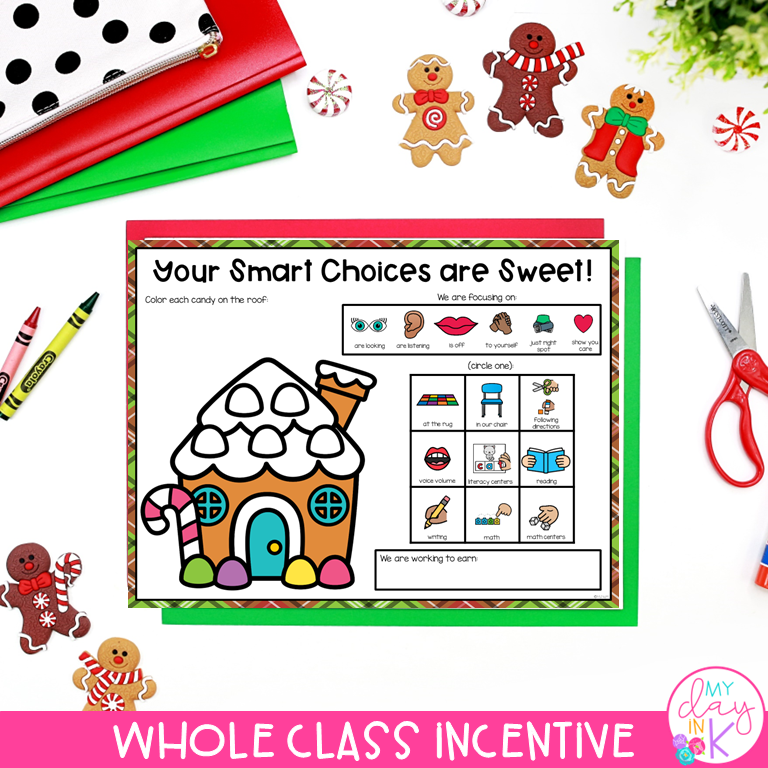
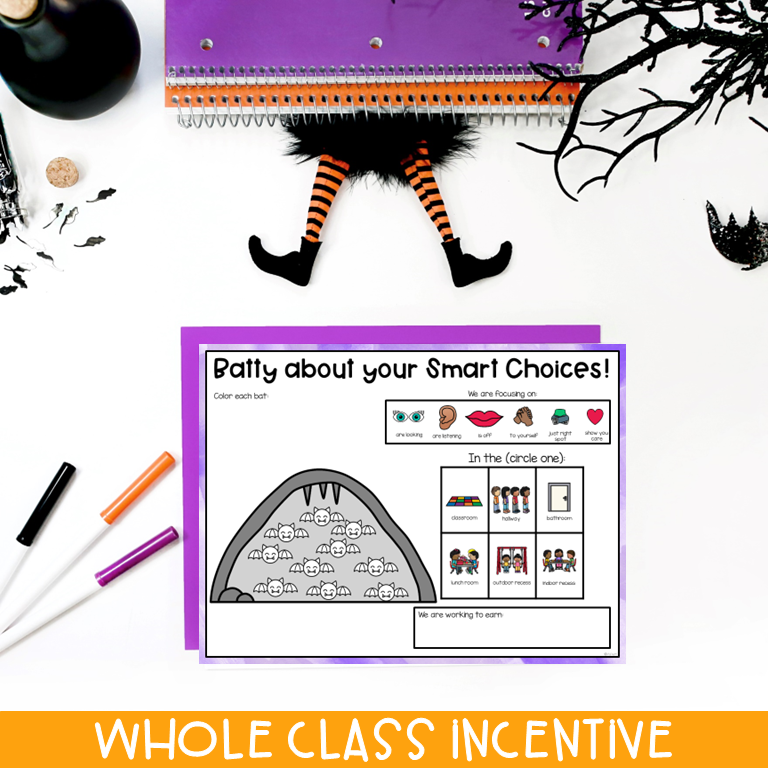
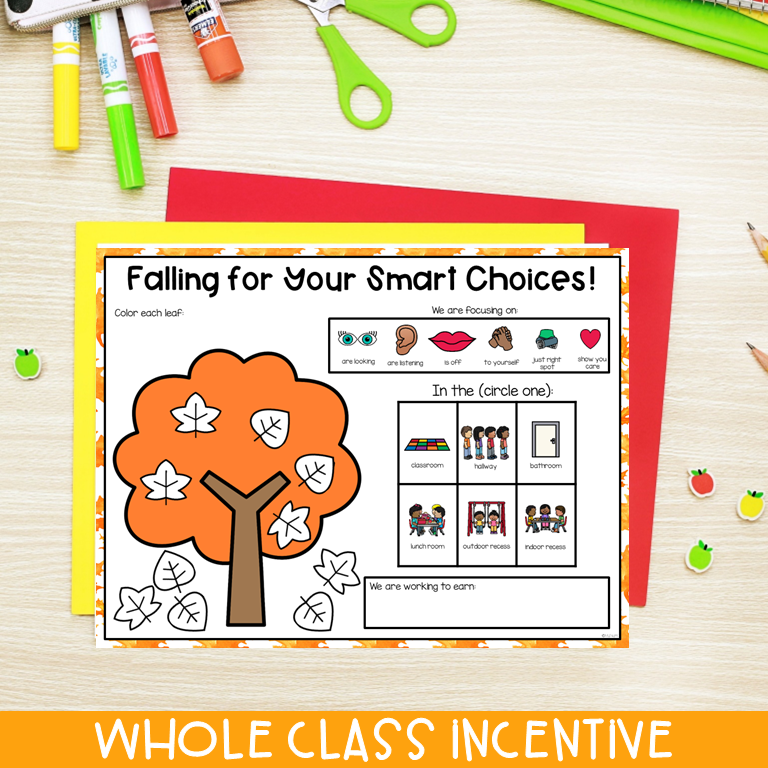
Classroom Procedures
Now, let’s turn our attention to procedures—from the moment students cross into the doorway until they walk out that same doorway to the buses, student pick-up, or an after-school program. We must establish procedures early in the school year, modeling them consistently to set clear expectations. Examples may include:
- A structured morning arrival routine to set a positive tone for the day.
- Clear protocols for restroom breaks and transitions between activities.
- Streamlined processes for collecting and submitting assignments.
Having resources like a visual schedule and procedures/routines slides can help students understand the expectations when it comes to transitions, procedures, and routines.

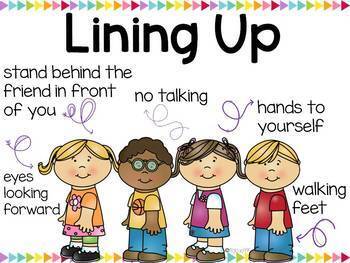
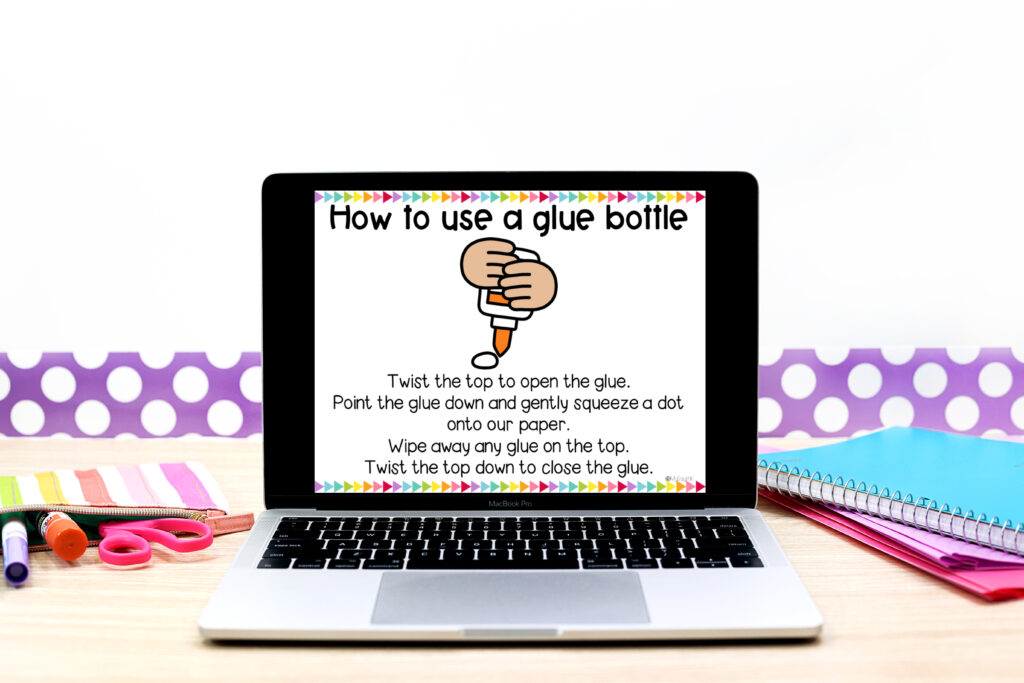
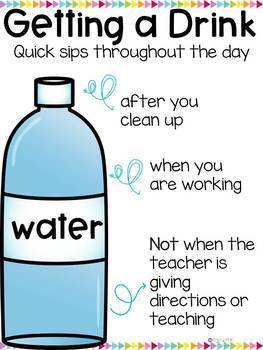
Think of procedures as the invisible scaffolding that supports the structure of our classroom environment, minimizing disruptions and maximizing instructional time. Like a well-rehearsed symphony, they require practice, patience, and occasional fine-tuning to ensure harmony and efficiency.
Rules vs Procedures Classroom Management: How to “Reset” After Breaks
Ah, the post-break reset! After periods of rest and rejuvenation, it’s essential to recalibrate our classroom rhythms. Begin by revisiting your classroom rules and procedures and engaging students in a collaborative review to reinforce expectations and foster accountability.
As you reconnect with your class, consider incorporating interactive activities or discussions to reignite enthusiasm and build a sense of community. Use this opportunity to reflect on past successes and areas for growth, empowering students to take ownership of their learning journey. Review the rules, procedures, and routines with students once they return from a long weekend or break to make the transition back into the classroom a breeze! Using premade behavior review slides make the planning even easier!
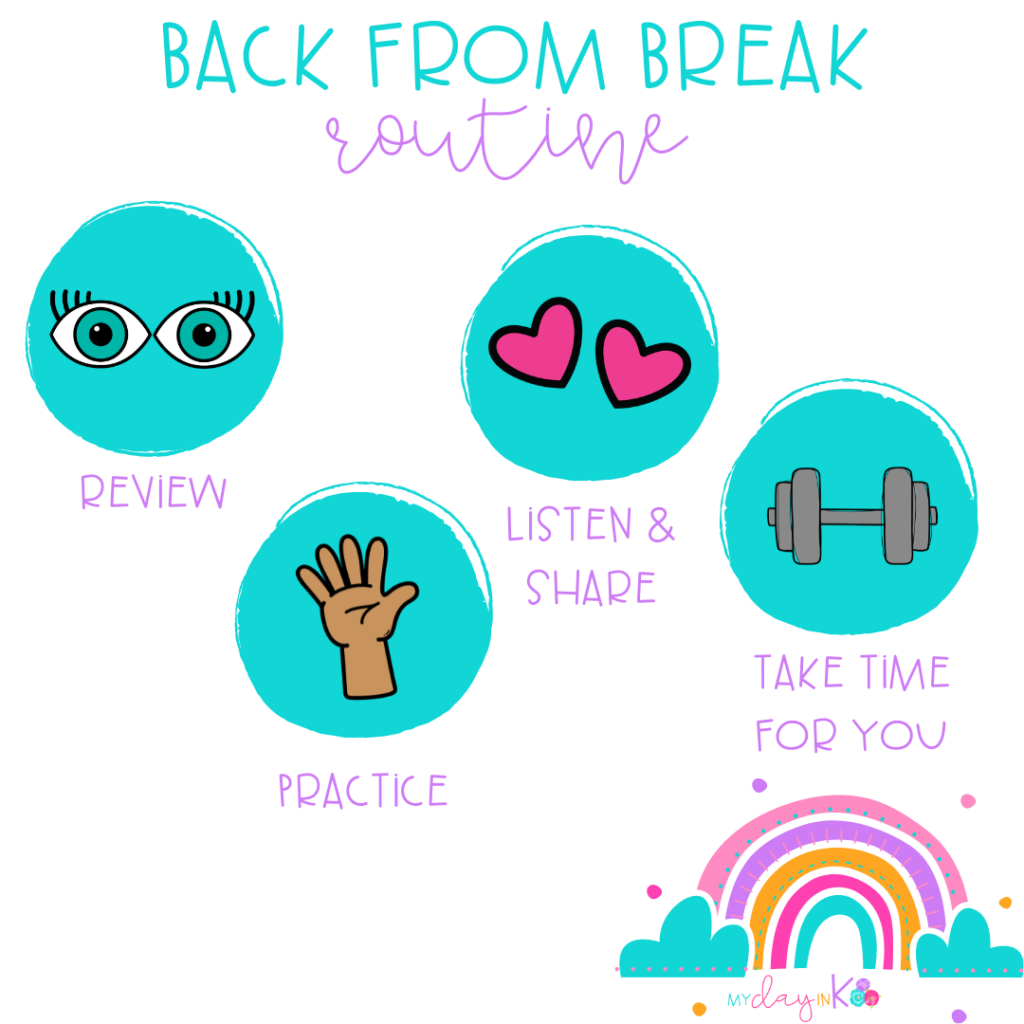
Mastering the delicate balance between rules and procedures is the cornerstone of effective classroom management. Setting clear expectations and establishing consistent routines creates a nurturing environment where students can flourish and reach their full potential.
